Building a pair of sleeve-busting arms is a goal of many gym-goers. Typically, most lifters tend to overly focus on the biceps, much to the dismay of the triceps.
Yet, when you stop and really think about it, if you truly want to build a pair of impressive arms, you must focus as much (or even more) on increasing the size of your triceps. After all, the triceps account for ⅔ of the mass of the upper arm.
That means if you want to build bigger, badder arms, you need to commit to training your triceps with intensity. Now, this doesn’t mean performing 20 different version of kickbacks. Building bigger, nastier triceps is the same as increasing the size of your chest, legs, and back -- focus on compound exercises and heavy weight with a few isolation moves sprinkled in to fully develop all regions and areas of the muscle.
Ahead, we’ve got our list of the top 10 best exercises for building triceps.
But first, let’s briefly cover some triceps anatomy.
Boost Energy & Performance
Ape Sh*t Untamed Pre Workout is a scientifically-formulated high energy pre workout supplement engineered to support greater energy, focus, and athletic performance.

Triceps Anatomy 101
The triceps, or triceps brachii to be specific are comprised of three heads:
- The lateral head
- The medial head
- The long head
The triceps connect the humerus (upper arm) and scapula (shoulder blade) to the ulna (forearm).
The primary function of the triceps brachii is to extend the elbow and straighten the arm. It’s secondary function is to assis that lats (latissimus dorsi) with bringing the arm down toward the body, also known as adduction.
When looking a well-developed triceps, the lateral head is what is primarily responsible for the “horseshoe” shape. It is located on the outward facing side of the upper arm. The long head is located on the bottom side of the upper arm, while the medial head is situated more towards the midline of the body.
Here’s a bit more on each of the three heads of the triceps.
The Long Head
The long head is the only head of the three heads of the triceps that starts above the shoulder joint.
While this might not seem like a big deal, it actually is incredibly important regarding exercise selection.
Since the long head of the triceps originates above the shoulder, you need to get your arm up and overhead to maximally stretch it.
Why is this important?
A muscle can maximally contract only after it’s fully stretched. Therefore, to maximally stretch and contract the long head of the triceps, we have to use exercises that get the arm overhead, such as overhead triceps extensions or “rolling” skullcrushers.
Movements such as the tricep kickback or pushdown don’t effectively target the long head because your arms are pinned down by your sides. Overhead movements work best for developing the long head, which means even something like a seated or standing overhead shoulder press can effectively work the long head of the triceps.

The Medial Head
The medial head of the triceps is the most active of all of the three tricep head across all angles of pressing and extensions. This makes it somewhat difficult to target and emphasize compared to the long and lateral heads.
Further complicating the matter is that the medial head is relatively small, and tends to go unnoticed by most lifters since its positioned on the inside of the arm. Most lifters tend to think that performing any type of tricep exercise will hit the medial head sufficiently, and to be honest, the majority of exercises will do a sufficient job.
But, we’re not ok with “sufficient”, we want you to be your best self and second to none.
And that means identifying exercises that emphasize each and every head of the triceps.
So, how do you do emphasize the medial head of the triceps?
Use a supinated grip on your tricep exercises.
When the arm is turned out, and you use an underhand (supinated) grip, you shift the focus onto the medial head. Now, when using a reverse grip, you won’t be able to go as heavy as you can when performing the same exercise with a pronated grip.
As such, this means that reverse grip exercises should be positioned towards the second half of your workout after the heavy pressing is completed.
The Lateral Head
The third and final head of the triceps is the lateral head. It is situated on the outside of the arm and is responsible for the “horseshoe” look. It’s most active towards the end of the range of motion on tricep exercises when you’re trying to lock out and straightening out the arm.
This is important particularly if a lifter who never uses a full range of motion when lifting, as you’re not fully activating the lateral head of the triceps.
To focus on the lateral head during training, try using a pronated grip on pushdown exercises and make sure to turn your hands inward. This forces the elbows elbows to flare bit, but that’s ok sometimes when trying to focus on the lateral head of the triceps.
Another great example of acceptable elbow flare is close-grip “diamond” push ups where push ups are performed with flared elbows rather than pinned to your sides.
Now, remember no matter what exercise, pressing angle, or grip you use, all three heads of the tricep will be involved as their function is to extend the elbow.
However, that doesn’t mean we can preferentially shift the tension onto one region of the triceps more than another.
With that said, let’s get to the best mass building exercises for your triceps.
The 10 Best Tricep Exercises for Mass
What?
Only 10 exercises?
Is that really all I need to build a pair of horseshoes?
Yes, that’s it.
Despite what the bodybuilding magazines would lead you to believe, you don’t need 50 different variations of kickbacks, pushdowns, and single arm, reverse grip overhead tricep extensions. You can build all the tricep muscle and strength you need with these 10 exercises.
Let’s begin with the foundation of any tricep training program...
Close Grip Bench Press
A good rule of thumb to follow when selecting the best exercises for hypertrophy (regardless of muscle group) is:
If an exercise allows you to use more weight, it’s generally more effective.
This allows the muscle to perform more work. And, the more weight a muscle can move through a given ROM, the more work it will be exposed to, and therefore has the potential to lead to the biggest gains.
Some exercises are inherently better suited to maximal loading than others. For example, squats can be loaded much more heavily than leg extensions, and they also share the load across multiple joints, both of which make it a better exercise for overall building muscle and strength.
As such, the basis of any training program (including your tricep specialization training) should be built around heavy, compound movements that allow for maximum overload and recruitment of the muscle fibers. Isolation work definitely has a time and place, and this list will include several isolation exercises specifically geared to target the long head of the triceps.
Based on these factors, it’s pretty evident what the best overall tricep mass building exercise is -- the close grip bench press.
It can be performed with a barbell, dumbbells, kettlebells, EZ bar, Swiss bar, or fat bar. And, in addition to building your triceps, the close grip bench press also works the chest and shoulders and helps increase your performance on the traditional barbell bench press too!
Regarding how “close” your hands should be when performing the close-grip bench press, it’s not quite as narrow as you might think. Going too narrow (less than 6 inches apart) can place undue stress on the wrists and elbows as well as reduce activation of the triceps.
Generally speaking, placing your hands between 10-12 inches apart works best for maximizing triceps recruitment without irritating the wrists.
Dips
Dips are another outstanding compound exercise for beefing up your triceps that are also one of the best bodyweight exercises, too.
They can be performed in a manner such that they emphasize more triceps or chest, depending on how you angle your torso.
Now, since is a list of the 10 best tricep exercises for building mass, it makes sense that you would want to perform the version of the dip with a triceps emphasis. Therefore, you will be performing an upright dip.
Another variation of the dip is to perform bench dips; however, we prefer the upright dip for a couple of reasons:
- The upright dip is a compound exercise that also helps strengthen the pecs and deltoids.
- Bench dips tend to irritate people’s shoulders.
- The upright dip is easier to load than the bench dip.
- The upright dip allows for more weight to be used during the exercise, which as we detailed at the beginning of this list, makes for a better exercise.
Regarding hand placement, a narrower grip focuses more on the triceps, while a wider grip focuses more on the chest. When starting out though, find a hand placement that is comfortable and adjust as you become more proficient with the exercise.
Now, bodyweight exercises can be used to build muscle; however, the reason most lifters fail to gain mass when performing bodyweight exercises is that they don’t increase the difficulty of the exercise, either by picking a more difficult variation or adding weight to it.
However, loading the upright dip is incredibly easy if you wear a weight belt and hang either weight plates or dumbbells from your waist.
When should you start adding weight?
Generally speaking, once you can perform 10-12 bodyweight dips, you can start slowly adding weight.
Floor Press
The floor press is a bench press variation performed lying on the floor instead of a bench. It’s a great alternative to the barbell bench press when all the benches are occupied on International Chest Day or you’re training at home and don’t happen to have a bench.
What makes the floor press one of the best triceps exercises is that you have the ability to move massive weights without undue shoulder stress. Furthermore, floor presses negate leg drive, meaning the muscle of the chest, shoulders, and triceps have to do the work.
When performing a floor press, the elbows flex to ~90 degrees. This makes the triceps the primary mover during the exercise. In a traditional bench press, the chest muscles are more active during the lower half of the exercise, while the triceps are more active during the top half and lock out phases of the movement.
It’s also worth mentioning that many lifters experience pain in the shoulder when performing the traditional barbell bench press (most likely due to too much pressing and not enough back training over the years).
The floor press, however, is generally better tolerated compared to the traditional bench press for a couple of reasons:
- Pressing from the floor limits your range of motion, which in this case is a good thing. The floor press reduces shoulder extension while still allowing for a good training stimulus for the triceps and chest.
- You can use a neutral grip floor press, which generally is more friendly on the shoulder.
We can up the emphasis on the triceps even further by using a narrower grip than you would typically use during a traditional barbell bench or floor press. By using a close grip, the elbows are forced into deeper flexion at the bottom of the movement, forcing the triceps have to work that much harder to lift the weight and lock out the upper arms.
Finally, floor presses also reduce lower back pain, which many lifters experience during conventional bench pressing. Pressing from the floor reduces lumbar extension, which is caused by excessive arching.
Rolling Skullcrushers
Skullcrushers are a quintessential mass building exercise for the triceps, that are great for targeting the medial head of the triceps.
Skullcrushers are typically performed by lying on your back and lowering the weight to head, pausing for a second, and then extending the arm to raise the weight to the top all while trying not to smash your face -- hence the name, skullcrusher.
However, instead of just pressing the weight up and down using pure triceps extension, roll your arms and shoulders slightly backward at the bottom of the movement, before rolling them forward and contracting the triceps to raise the weight.
Performing this variation of the skullcrusher has two distinct advantages over the “standard” skullcrusher:
- By rolling your shoulders at the bottom, you’re increasing the stretch on the long head of the triceps, increasing the range of motion and the amount of work they have to do.
- Traditional skullcrushers tend to irritate many lifters’ elbows. By performing the rolling skullcrusher, you
Additionally, try not to let your elbows flare out to the sides too much, as this tends to reduce tension on the triceps and make your chest do more of the work. While most people perform skullcrushers with a pair of dumbbells or EZ bar, they can also be performed with a barbell or kettlebells.
French Press (Overhead Triceps Extension)
More commonly referred to as the overhead dumbbell extension, the French Press can be performed either seated or standing. One of the benefits to performing the overhead dumbbell tricep extension while standing is that it helps build core strength in addition to working the muscles of the triceps.
The French Press is particularly good at targeting the long head of the triceps due to the upper arm being up and overhead.
It can be performed one of two ways:
- The two-handed triceps press (both hands grabbing a single dumbbell)
- The one-handed triceps press (one had grabbing one dumbbell)
The benefit of using the two-handed triceps press variations is that it allows you to move more weight. However, the upside to performing the one-handed triceps press is that each arm must work independently, preventing your stronger arm for overcompensating, which could lead to potential muscle imbalances between your two triceps.
We generally recommend using the two-handed version as it allows you to use more weight and provide greater overload for the muscles of the triceps. That is, unless you’re trying to correct a muscle imbalance, in which case the one-handed triceps press would be a superior option.
One last note when performing the French Press (either one-handed or two-handed), make sure to keep the elbows locked in tight close to the body so as to place extra emphasis on the long head of the triceps.
Triceps Pushdown
Next to kickbacks (which are further down this list), the most common triceps exercise that gym goers perform is the triceps pushdown using a cable machine. This is a good exercise to perform as a warm up ahead of heavy pressing, and can be used for later in your workout to “finish” off the triceps after the heavy pressing is done.
EMG studies demonstrate that cable pushdowns activate the lateral head of the triceps more than skullcrushers, kickbacks, or just about any other major triceps exercises.[2]
If you're not performing this exercise already, you’re missing out on one of the best triceps exercises, even if it is a single joint movement. There’s no other way to say it.
As with other tricep exercises, don't let your arms drift from your sides, and keep your elbows locked in tight.
Tricep Pushdowns can be performed with a straight bar, v-bar, or rope attachment. For added intensity, pushdowns also lend themselves incredibly well to drop sets and “run the rack” sets due to the ease of moving the pin up and down the weight stack.
Reverse Grip Triceps Pushdown
No triceps workout is complete without at least one underhand grip exercise, and that’s where the reverse grip pushdown comes into play.
Tricep pushdowns are typically performed using a pronated (palms facing away) grip. Reverse grip pushdowns are performed using an underhand (supinated) grip, and are ideally suited to work the medial head of the triceps.
Now, you won’t be able to use nearly as much weight during the reverse grip pushdown as you can during the regular pushdown, but that’s ok. You’ve got your heavy presses for moving lots of weight.
The reverse grip pushdown is hear to help fully develop all areas of the triceps, and to do that effectively, you need to dial back the weight. Going too heavy on this exercise forces you to cheat, use momentum, and overly rely on the lateral and long heads, among other muscle groups.
Performing the reverse grip pushdown with a cable machine is also better than performing reverse grip skullcrushers due to reduced strain on your wrists and forearms.
Close-Grip Push Ups
Similar to dips, push ups are one of the best bodyweight exercises for building muscle and strength. However, the standard push up (while involving the triceps) tends to focus more on the muscles of the chest. To shift more of the focus onto the triceps, we need to bring the arms in slightly closer together.
As we’ve pointed out with many of the other exercises in this list, keeping the elbows closer to the body places greater emphasis on the triceps. If regular close-grip push ups are too easy for you, and you’re knocking out multiple sets of 20+ with perfect form, have a buddy place a weight plate or some chains on your back for added intensity.
If you don’t have a lifting partner to help hoist some weight on your back, or the thought of performing push ups with plates on your spine doesn’t sound too appealing, perform them at the end of your workouts, after you’ve completed your heavy close-grip bench presses and floor presses.
How close should the hands be when performing the close-grip push up?
A study at the University of Wisconsin noted that performing the push ups with the thumbs touching created more activation of the triceps than the close-grip bench press, lying triceps extension (skullcrusher), overhead triceps extension, or cable pushdown.[1]
Cable Overhead Triceps Extension
This exercise is identical to the dumbbell overhead triceps extension we discussed above, except it’s performed using a cable machine. It’s also performed standing instead of seated.
While the overhead extension isn’t a compound exercise and can’t be loaded to the extent that floor presses or dips can be, the overhead cable tricep extension has the benefit of blasting the long head of the triceps.
Since it can’t be loaded too heavily, it’s typically reserved for the latter portion of your arm workouts after the heavy presses are completed.
As we mentioned earlier, when the arm is up over head, the long head of the triceps is maximally stretched. This makes the overhead cable tricep extension perfectly suited to emphasize and strengthen the long head of the triceps.
Additionally, the advantage to using cables over free weights (as is the case with the French press), is that cables keep constant tension on the triceps throughout the full range of motion. Overhead extensions performed with dumbbells, kettlebells, and EZ bars are difficult at the bottom and get significantly easier at the top.
Many lifters also find that using cables is easier on their joints, especially when training smaller muscle groups with heavier weights.
Cable overhead extensions can be performed with multiple attachments, including a straight bar, rope, v-bar, or EZ bar. We recommend using a rope as it tends to be easiest on the shoulders and allows for the longest range of motion of the attachment options.
Single Arm Cable Triceps Kickback
There’s a reason the kickback isn’t higher on this list, even though it’s the exercise most well known and used by lifters in the gym -- there’s far too many ways to cheat on the exercise. Additionally, when performed with a dumbbell, kickbacks don’t place consistent tension on the triceps throughout the range of motion.
However, we can improve the kickback by performing them with the cable machine. And, despite the flack that the kickback receives, research shows performing kickbacks properly can elicit similar muscle activation as a single-arm dumbbell extension for the lateral and long heads of the tricep.[3]
Take a bench and set the incline about 60 degrees. Lay your chest on the bench, and perform the cable kickback with your upper arm parallel to the floor.
Make sure to keep your upper arm parallel to the floor as you extend your elbow and squeeze. This helps keep tension focused on the triceps. Also, don't use a handle or rope attachment here. Just grab the ball at the end of the cable.
The Best Triceps Workouts
|
Workout A |
|||
|
Exercise |
Sets |
Reps |
Rest |
|
Close Grip Bench Press |
4 |
6-8 |
90 sec |
|
Neutral Grip Dumbbell Bench Press |
3 |
8-10 |
90 sec |
|
Overhead Cable Tricep Extension |
3 |
10-12 |
60 sec |
|
Close Grip Push Up |
3 |
Max Reps |
60 sec |
|
Workout B |
|||
|
Exercise |
Sets |
Reps |
Rest |
|
Floor Press |
4 |
6-8 |
90 sec |
|
Cable Tricep Pushdown |
3 |
8-10 |
90 sec |
|
French Press |
3 |
10-12 |
60 sec |
|
Bodyweight Dips |
3 |
Max Reps |
60 sec |
|
Workout C |
|||
|
Exercise |
Sets |
Reps |
Rest |
|
Weighted Dips |
4 |
6-8 |
90 sec |
|
Seated Dumbbell Overhead Press |
3 |
8-10 |
90 sec |
|
Rolling Skullcrushers |
3 |
10-12 |
60 sec |
|
Cable Kickback |
3 |
Max Reps |
60 sec |
References
- "Electromyographic Analysis of the Triceps Brachii Muscle During a Variety of Triceps Exercises." MINDS@UW Home, minds.wisconsin.edu/handle/1793/53487.
- Boeckh-Behrens, WU, Beier, P., & Buskies, W. (2001). Fitness Strength Training: The Best Exercises and Methods of Sport and Health. Rowohlt Paperback Publishing House.
- Boehler, B. (2011). Electromyographic Analysis of the Triceps Brachii Muscle During a Variety of Triceps Exercises (Doctoral dissertation, University of Wisconsin-La Crosse).


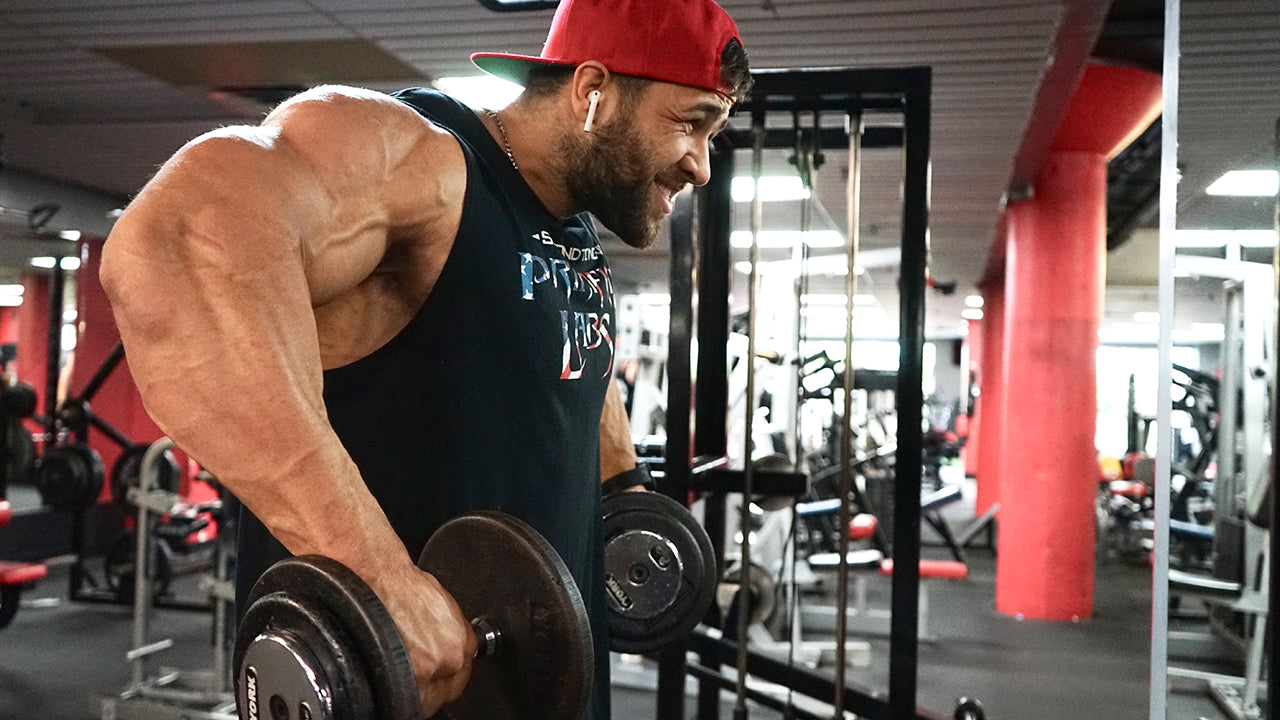

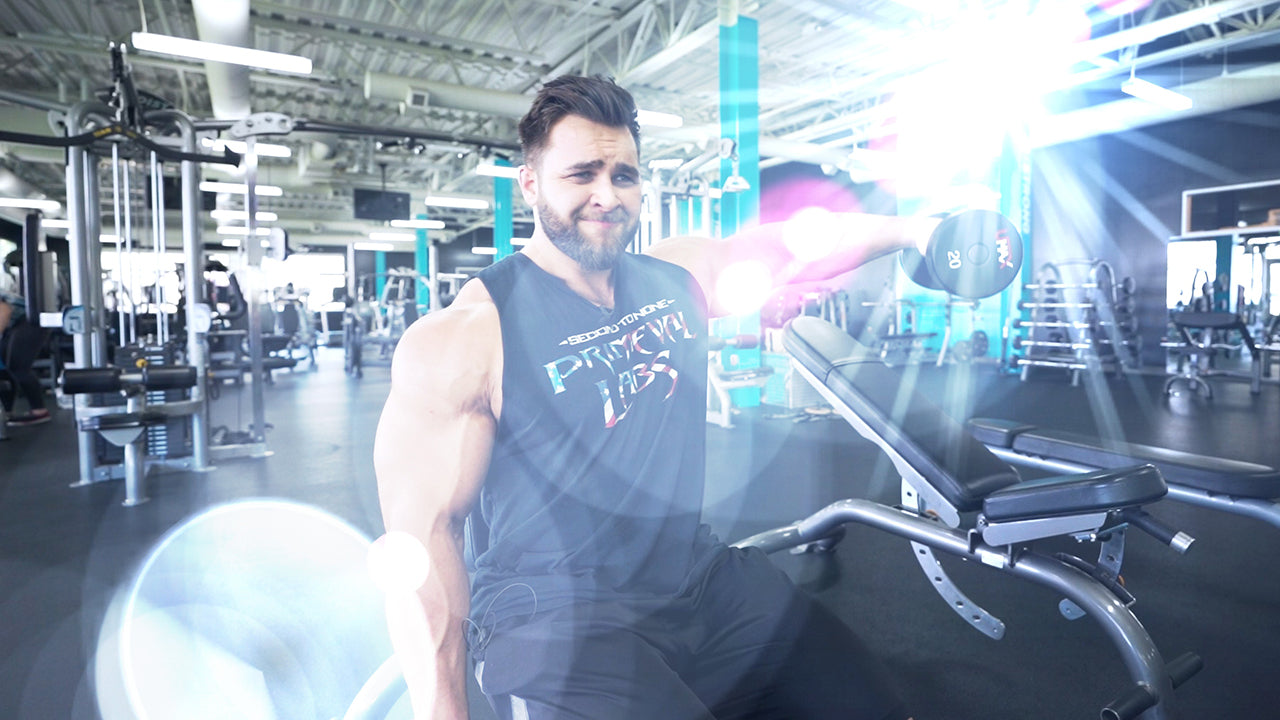
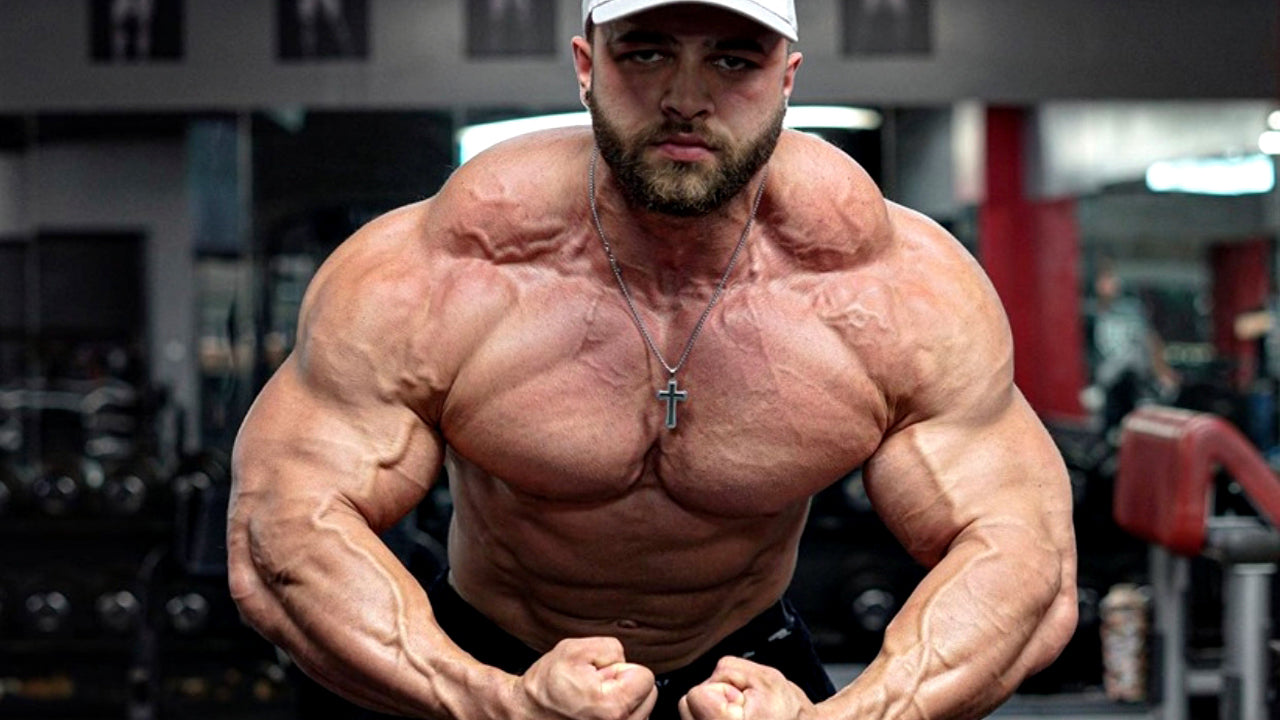
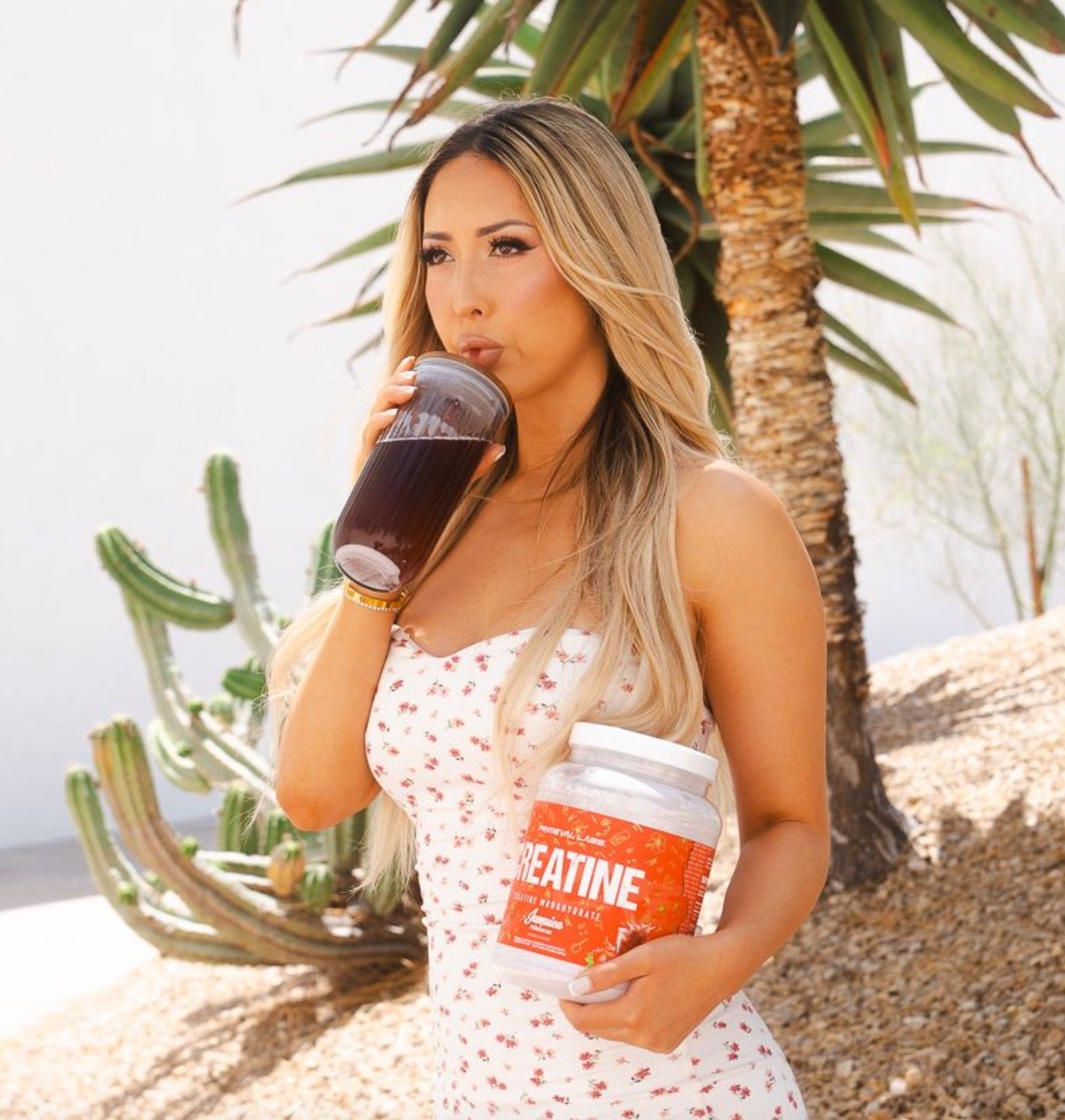
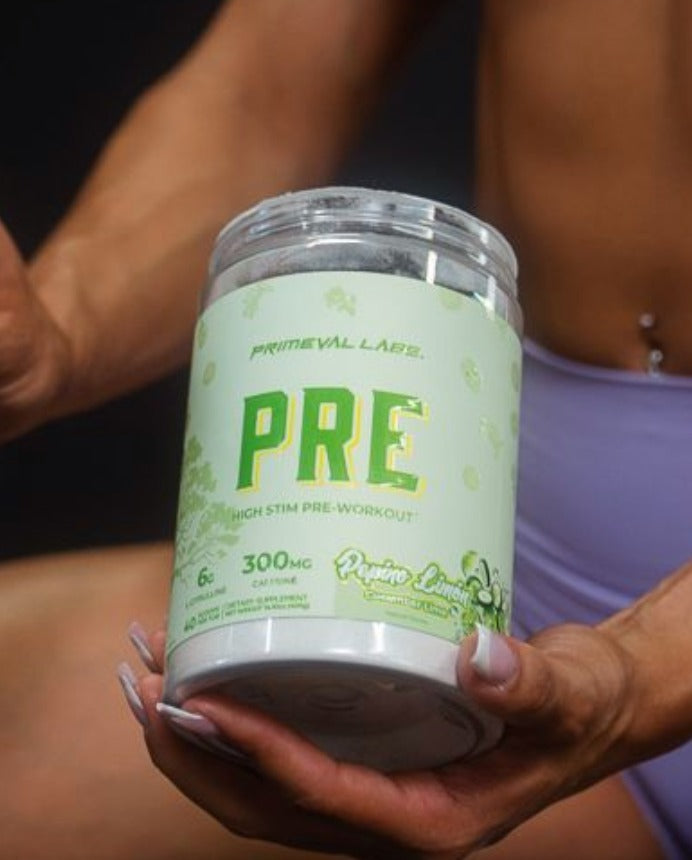

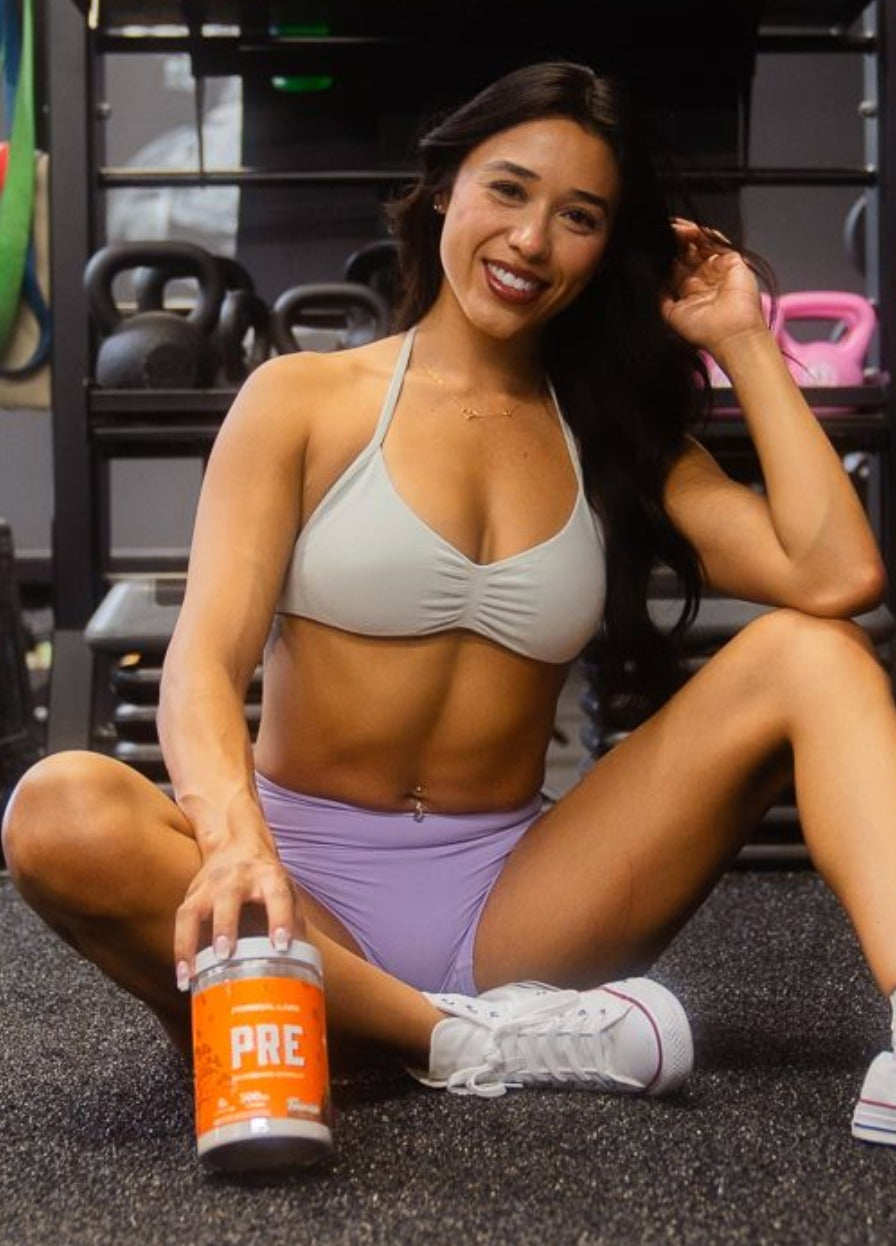
Leave a comment
This site is protected by hCaptcha and the hCaptcha Privacy Policy and Terms of Service apply.